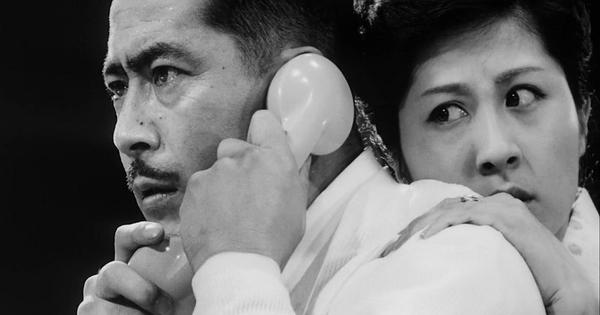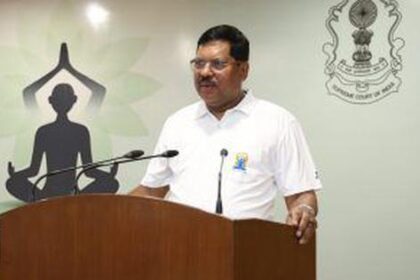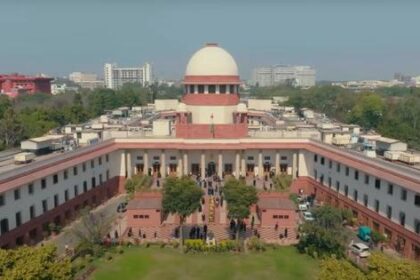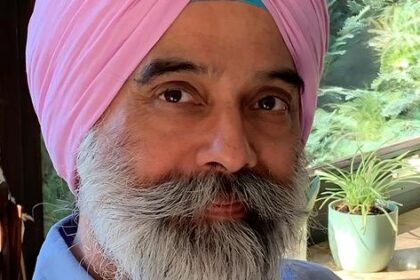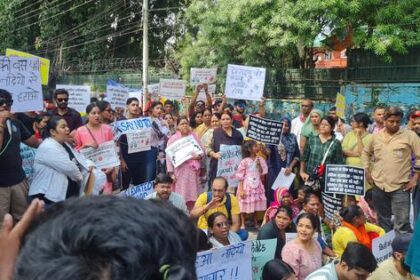Exploring the thematic and narrative shifts in two adaptations of Ed McBain’s ‘King’s Ransom’.
Spike Lee’s ‘Highest 2 Lowest’ pays homage to Akira Kurosawa’s 1963 classic, ‘High and Low’, while adapting Ed McBain’s novel, ‘King’s Ransom’. The film, which features Denzel Washington as music industry mogul David King, is now available on Apple TV+. Both cinematic works are grounded in the same literary source, yet they explore distinct themes and perspectives on wealth and morality.
In ‘King’s Ransom’, the narrative centers around Douglas King, a shoe company executive who faces a kidnapping crisis involving a boy who is not his son. This dynamic introduces the concept of a moral dilemma, as King grapples with the implications of paying a ransom. The novel intricately presents King’s character, revealing his contempt for others and highlighting his struggle against his own conscience. As he navigates the kidnapping, the police detective Steve Carella serves as the moral compass of the story, reflecting McBain’s commentary on the socioeconomic divide.
Lee’s adaptation shifts the focus to a contemporary setting, placing David King in a luxurious penthouse that starkly contrasts with the life of the struggling rapper Yung Felon, who orchestrates the kidnapping. This relocation emphasizes the class divide prevalent in modern society, paralleling the themes from McBain’s work while also reflecting upon contemporary cultural issues.
Meanwhile, Kurosawa’s ‘High and Low’ transforms McBain’s narrative into a poignant commentary on the class struggles in 1960s Japan. The film follows Kingo Gondo, portrayed by Toshiro Mifune, who is faced with the moral and financial consequences of the kidnapping. Gondo’s wealth, symbolized by his mansion overlooking a slum, contrasts sharply with the lives of the less fortunate, underscoring the film’s exploration of social disparity. Unlike in the novel, where King is portrayed as self-serving, Gondo’s character is portrayed with more depth, as he ultimately chooses to pay the ransom, showcasing his humanity amidst the chaos.
Both adaptations delve into the psychological and emotional ramifications of the kidnapping. In ‘High and Low’, Kurosawa introduces a police procedural element, illustrating teamwork and the investigation’s intensity. The film’s narrative diverges from the source material through inventive scenes that build suspense, including a gripping sequence on a high-speed train. This focus on the police investigation adds layers to the story, highlighting the collective effort to resolve the crisis.
The interaction between Gondo and the kidnapper Ginjiro further distinguishes Kurosawa’s film from the original text. Their confrontation serves as a pivotal moment, transforming the act of kidnapping into a profound tragedy rather than a mere criminal offense. Kurosawa’s decision to emphasize the humanity of the kidnapper, rather than demonizing him, reflects his humanist approach to storytelling. This thematic depth invites viewers to contemplate the complexities of human motivation and societal issues.
Ultimately, while both ‘Highest 2 Lowest’ and ‘High and Low’ draw from McBain’s ‘King’s Ransom’, they reimagine the narrative through their unique cultural lenses. The adaptations not only pay tribute to the source material but also challenge audiences to reflect on the enduring nature of class struggles and moral dilemmas across different contexts.

